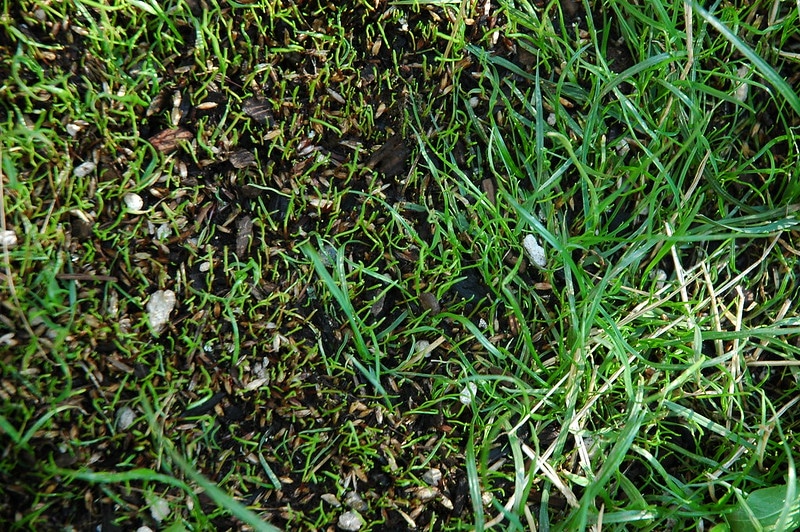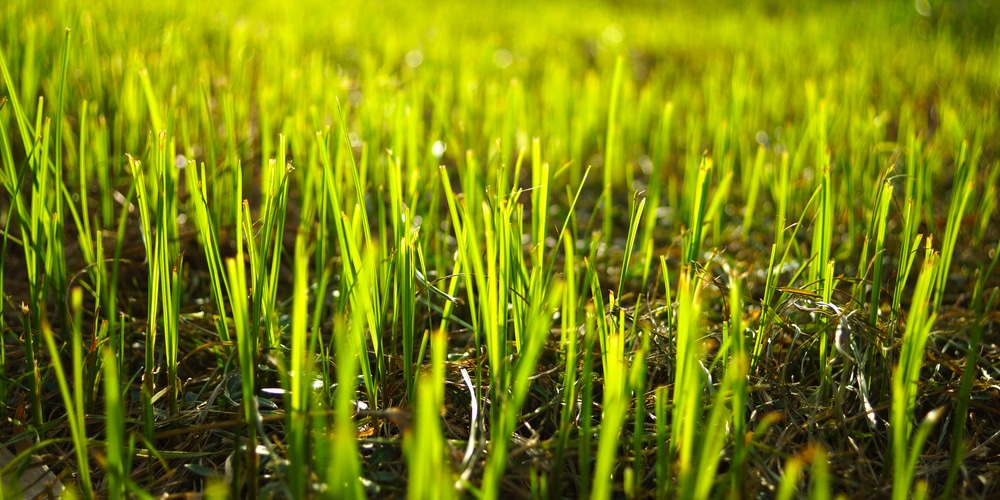Have you ever heard of dormant grass seeding? Some gardeners use this practice regularly to help their existing lawn, especially when they miss the ideal time to seed their lawn. Indeed, with dormant grass seeding, you won’t have to wait for the next season to sow your turf.
But how does it work? And when should you do it if you live in Minnesota? You have landed in the right place to explore answers to these questions! Keep reading this essential guide we put together for you to clear all of your doubts about dormant grass seeding in Minnesota!
What Is Dormant Grass Seeding?
If you don’t know about this practice, don’t worry: you are probably not alone. In essence, dormant grass seeding refers to sowing grass when the seeds won’t germinate. Many people use it to introduce new species of turf to their lawns. Indeed, it allows them to familiarize themselves with the new environment before establishing themselves in your garden.
Also, it is an excellent way to thicken your grass for next year. As the seeds will sprout when the temperatures rise, they will make your lawn denser and more appealing. Indeed, it will allow you to skip the step of “preparing the soil” during the spring and give you a head start in establishing your turf.
If you have bare patches on your turf or skipped the sowing season (in the early fall), don’t worry: dormant seeding might be your solution! Remember to mow the existing lawn at about two inches to get better results: doing so will allow your seed to reach the soil better.
When Do You Dormant Seed Your Lawn in Minnesota?
Since dormant seeding is all about laying seeds on the ground when they are (as you may expect) dormant, the best period to do so depends on your local climate. For instance, you should sow your seeds when the outdoor temperatures are below 50°F.
And in Minnesota, that usually happens from late October to early December. Don’t worry if there is snow on the ground: the idea is that when the spring arrives, the grass will be in place to start germinating. The truth is that dormant seeding works best with several inches of snow, keeping the seeds in place.
Doing it too early might result in late germination, preventing the seedlings from surviving the winter. Sow seeds when the ground is cold enough to “freeze” germination until next spring but not so much to kill them. Avoid putting them on your lawn when there is heavy frost.
Usually, you should see the first results around April and May. Sometimes, you may have to do additional overseeding to increase turf density and improve its appearance.
But be patient: germination might take a while to show. And, most of the time, that doesn’t mean the process was a failure! So, wait a couple of days before removing everything.
But how does the practice work? You’ll find all the information you must have on hand in the following section!
How Does Dormant Seeding Work?
Now that you know more about this practice, you may wonder how to dormant seed in your garden. And we have good news for you: it is relatively easy! Indeed, there aren’t many differences between sowing grass seeds during the dormant season and doing so at any other time of the year.
But for instance, you will have better results if you choose seeds that are well-adapted to your soil conditions and local climate. Of course, each grass species might require different maintenance levels, meaning you’ll have to be familiar with your lawns’ needs and requirements to get the best out of it.
Don’t forget to remove weeds and debris to allow the seeds to spread evenly on the ground. Doing so will prevent the appearance of patches. Remember to water the seeds thoroughly after laying them on the soil. But that doesn’t mean adding too much moisture. After all, the cool temperatures will keep the area moist for longer in the fall and winter.
Depending on the area you’ll need to cover, you may have to use different tools. Loosen the soil using a rake or any machine that suits your needs. Also, ensure you spread the seeds at the rate displayed on the package, to avoid overseeding and causing problems to your lawn.

